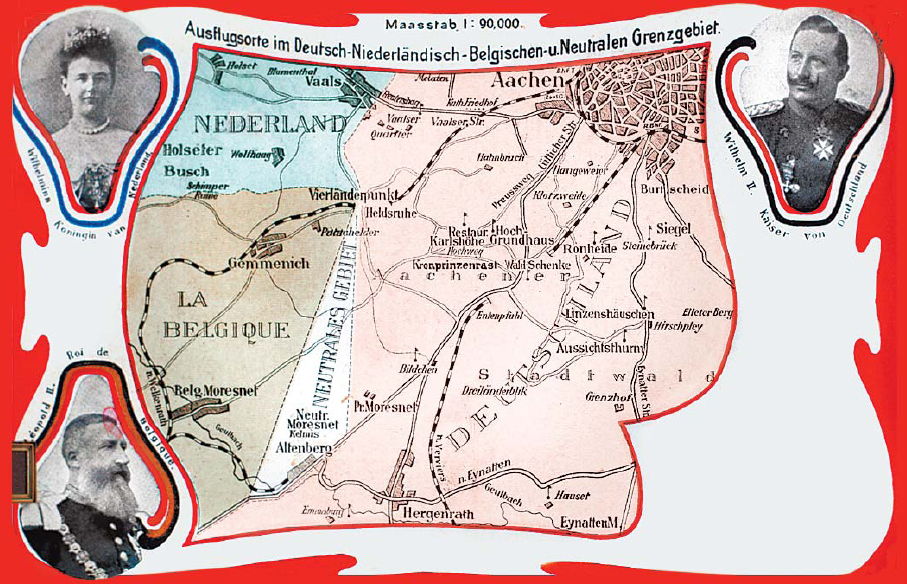Transnational history and Global history have commonly been mistaken as the same thing; this they are not, but it is important to consider their shared suspicion of monocausal and unilinear macro-explanations. Great strides have been made in building powerful, complex models of global historical structures, but global historians have, in the words of Tonio Andrade, “tended to neglect the human dramas that make history come alive”. Not only can the practice of ‘global microhistory’ help to populate models and theories with real people, it also allows the bringing of actors and agency back into the analysis- something that is usually missing in macro-social analysis of culture or societies. Macro processes are, after all, played out or experienced in much smaller units: within villages, institutions, families, or local streets. But, is the question all about ‘balance’, as Andrade would argue, or is there something far more comprehensive about the level of historical analysis offered by ‘global microhistory’? Furthermore, how can this type of history present itself?
I would argue that this notion of ‘balance’ downplays the potential utility and importance of such a way of practicing history. Not only does it allow us as historians to fulfil our craft and the ethic of the discipline by working close to the primary sources, but it allows us to view particularly small-scale ‘events’ in a fresh light. If transnational history demands ‘a new way of seeing’, then empirical ‘global microhistory’ studies surely contribute to this body.
In her study of the Singapore Mutiny – an event most commonly researched through the prism of Singaporean national history – Heather Streets-Salter takes a seemingly ‘local’ event and argues very convincingly that both the causes of and responses to the mutiny demonstrate the global ties, relationships, and ideologies. She demonstrates the permeable nature of colonial boundaries, and, more specifically, the multiple influences at work on colonies in Southeast Asia outside of their relationship to their respective metropoles. By scrutinising a range of primary sources – a collection of contemporary newspaper reports, the ‘secret’ British enquiry into events, the ‘Official Line’ given by British authorities in the immediate aftermath – a complex picture emerges of the multilayered, dynamic and multidimensional integration of actors on both sides into the global world. What becomes apparent is the level of global interconnectedness, and an awareness of this by the actors themselves. Since ‘actors’ transcended traditional spatial realms, not fitting into neatly defined national histories, such analysis, when applied to other spheres, could prove to offer broader explanations, incorporating multiple layers of scope.
Ultimately, though, questions of accessibility and utility should be posed. As expressed in an earlier post, it is the duty of historians to reach out and engage a broader public. While there is a relatively clear audience for national histories, it is more difficult to define one for transnational history. Who needs or wants transnational history? What is its ‘utility’ in the modern world? I would sympathise with Andrade, in that ‘global microhistory’, with its lens of focus on a small, often human entity, would actually make these books fun to read, exciting even. Such histories are sure to engage a wider public, interweaving an interesting narrative while answering ‘big’ historical questions.
As far as ‘utility’ goes, Streets-Salter has pithily drawn the conclusion that local was also very often the global. This, she applied to the world since the early modern period. With even longer (and more numerous) strands of interconnection brought about by the advent of mass communication to broader swathes of populations in the twenty-first century, we are reminded that our own actions take place within this global entanglement.
Andrade, Tonio. “A Chinese Farmer, Two African Boys; and a Warlord: Toward a Global Microhistory.” Journal of World History 21, no. 4 (December 2010): 573.
Peltonen, Matti, ‘Clues, Margins, and Monads: The Micro-Macro Link in Historical Research’, History and Theory, 40(3) 2001, 347-359.
Struck, Bernhard, Kate Ferris, Jacques Revel, ‘Introduction. Space and Scale in Transnational History’, in International History Review Dec 2011 33.4 573-584.
Streets-Salter, Heather. “The Local Was Global: The Singapore Mutiny of 1915.” Journal of World History 24, no. 3 (2013): 539–76.


